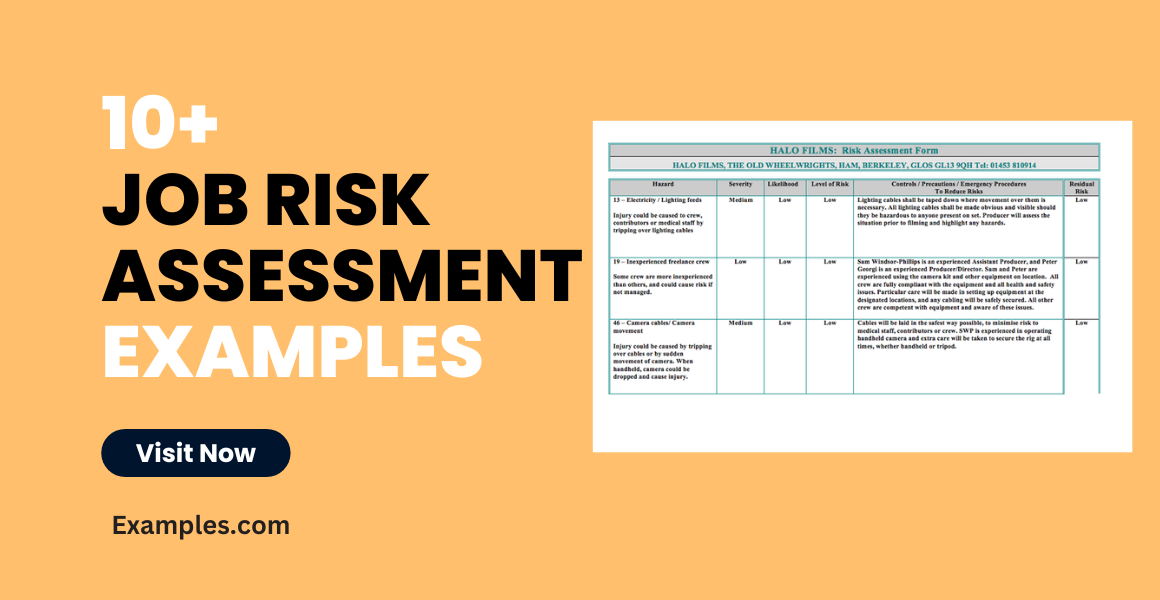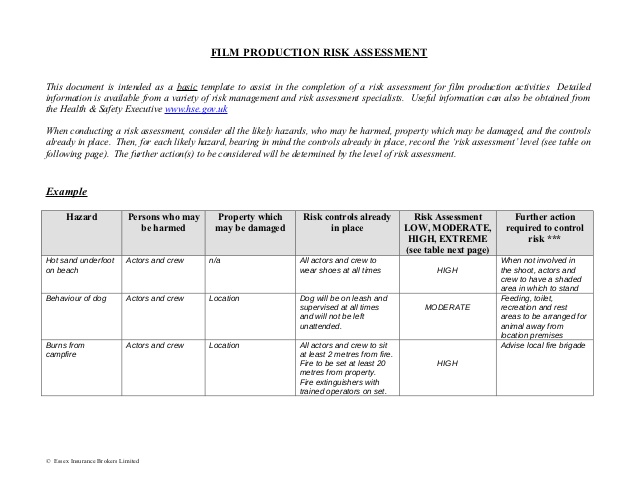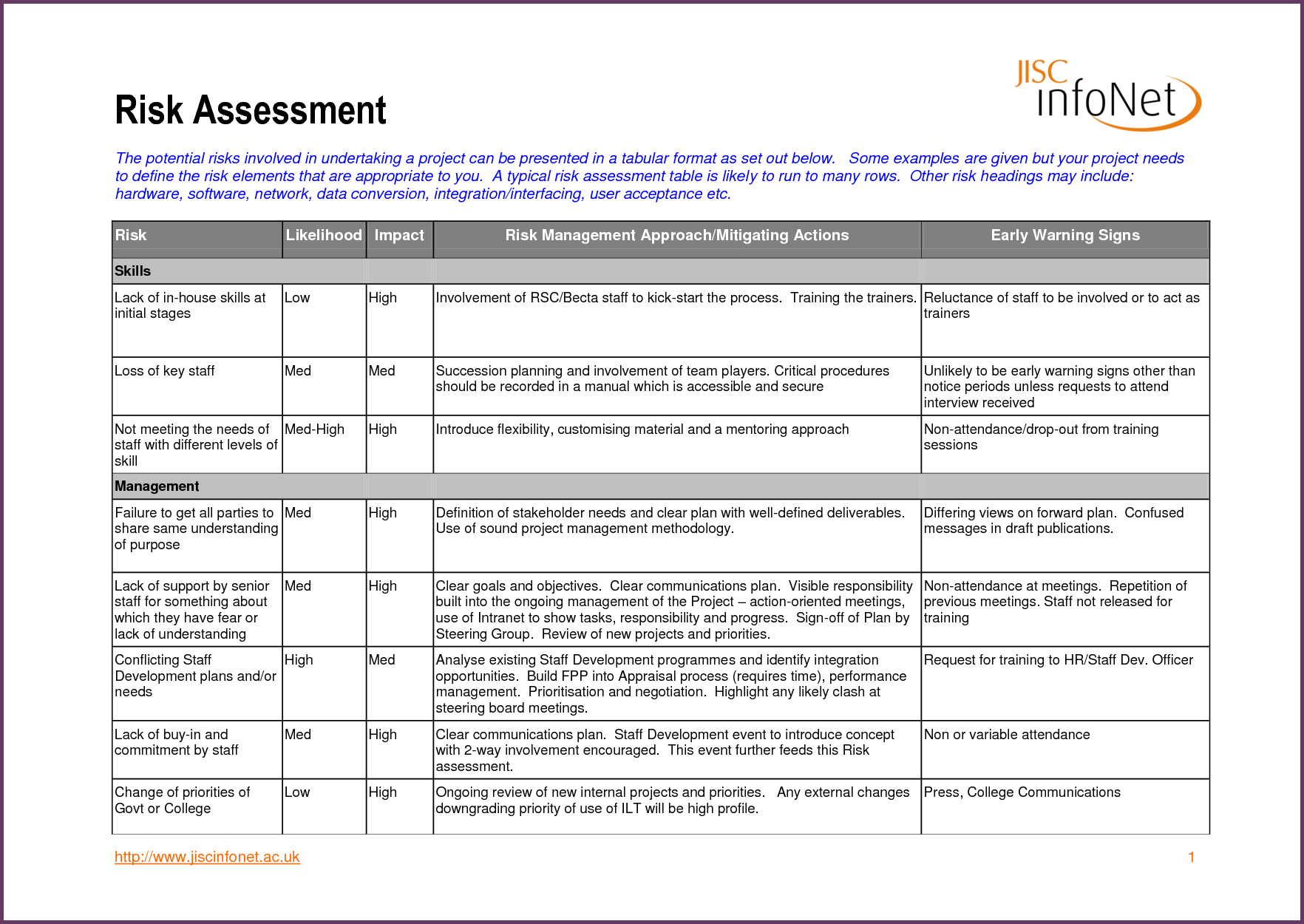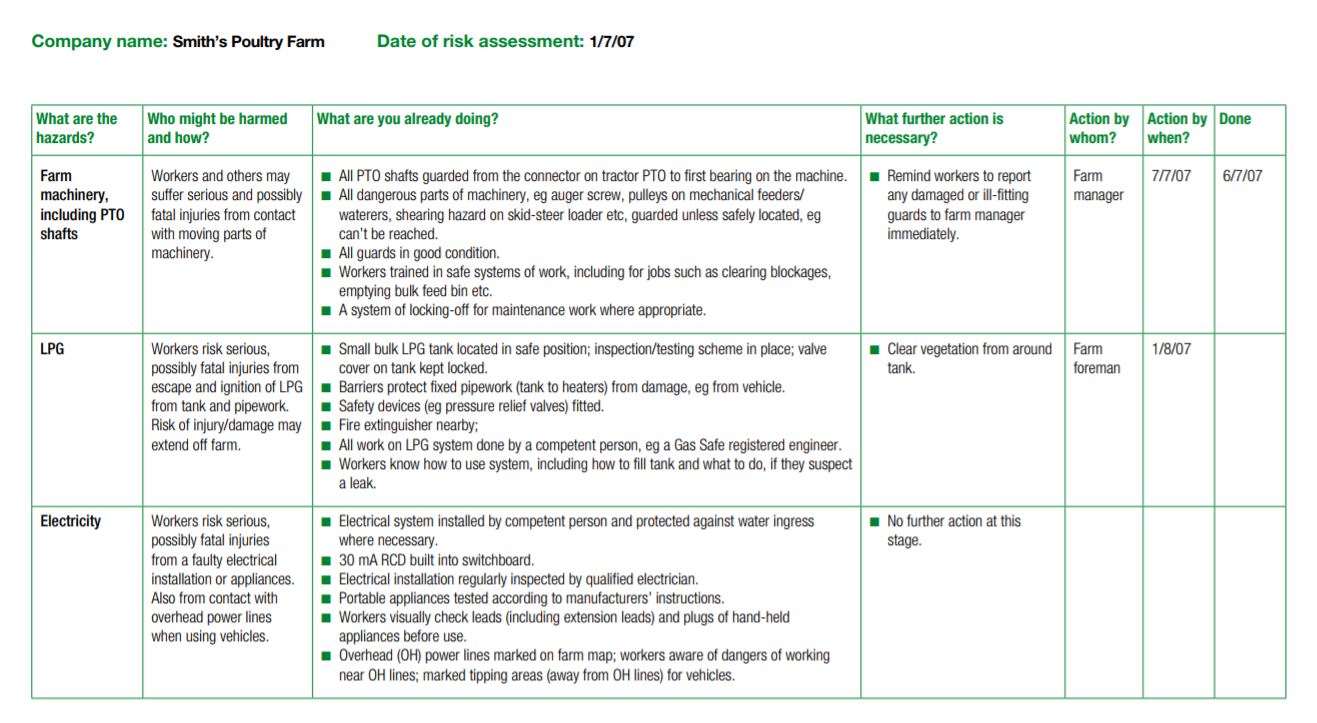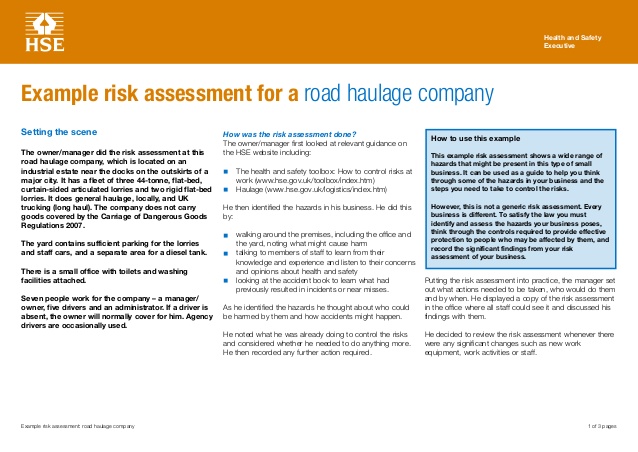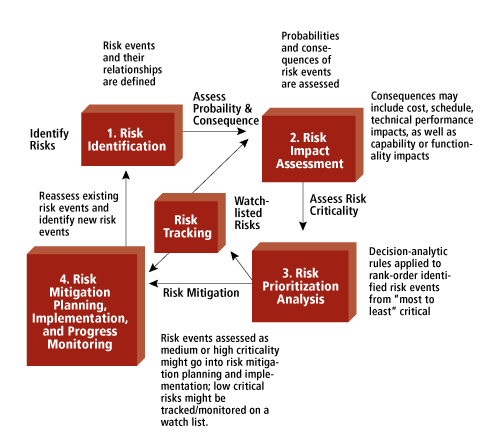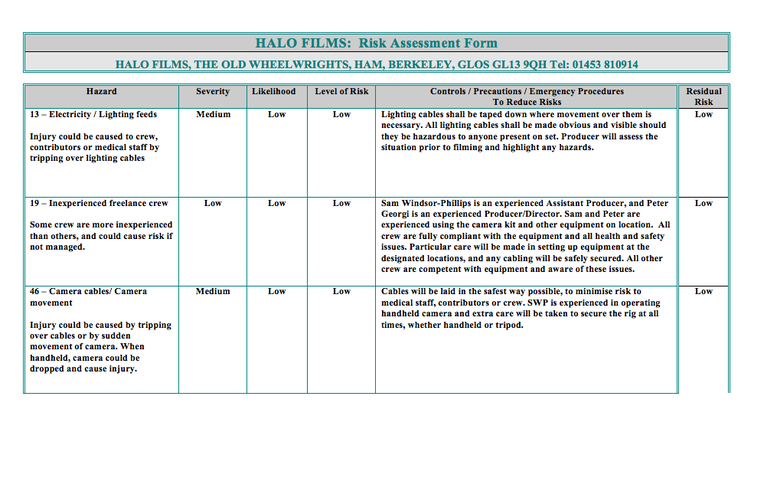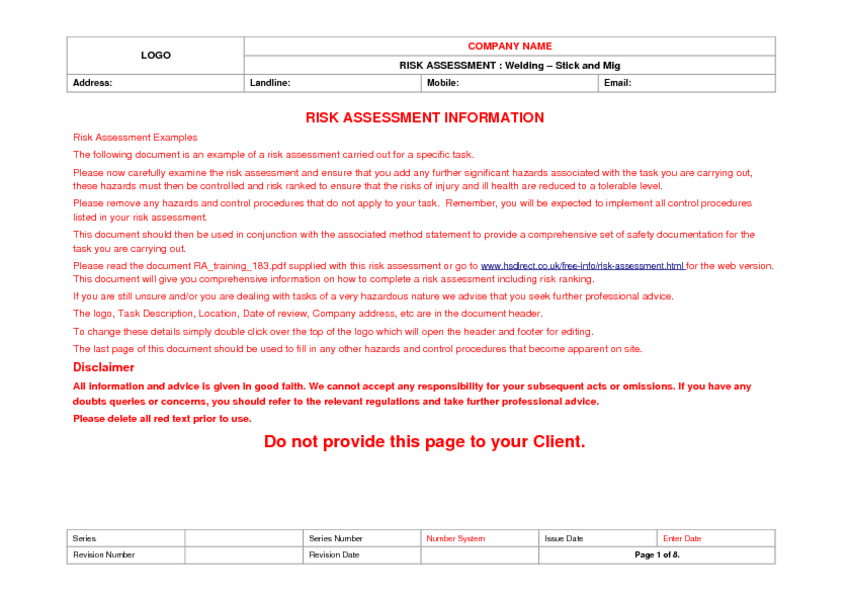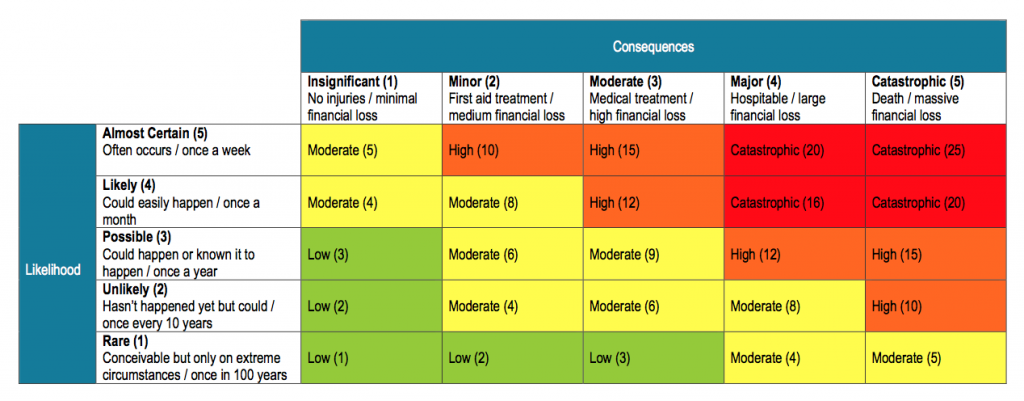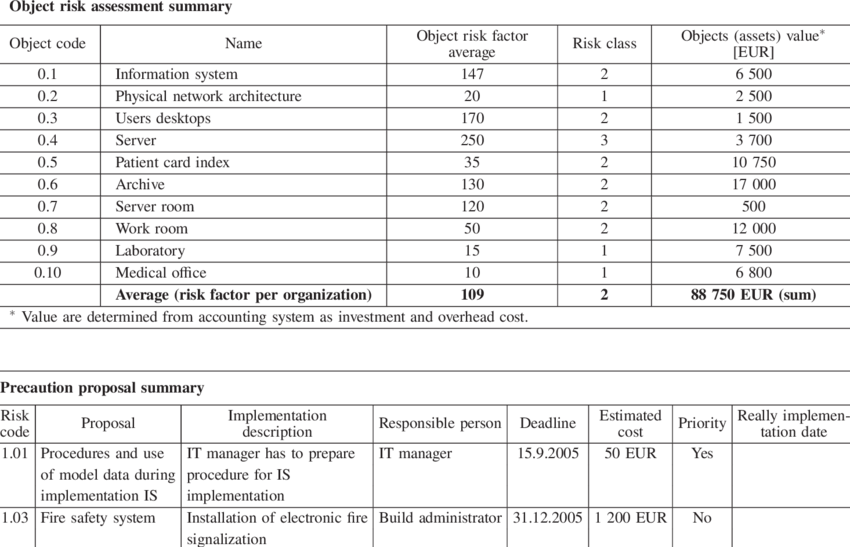10+ Job Risk Assessment Examples to Download
Job risk assessment is a systematic approach toward identifying possible hazards, evaluating risks, and implementing control measures. It is an integral part of managing the health and safety conditions at a workplace, which is important to be able to examine what may jeopardize the safety of the people in it, and to analyze the means that may prevent damages or loss, and injury at work.
Basically, job risk assessment is the process of doing an evaluative study of one’s surroundings and job responsibilities to be able to predict the possible threats present, so that those involved can prepare precautionary measures for it. Although we may not notice or appreciate it, assessing the immediate risks in our environment is the most important task we perform every day, whether or not we are at work. Our health and safety are all reliant on our ability to recognize even, and especially, before it happens.
Job risk assessment also involves a consistent monitoring of the controls and insurances taken to be assured of their consistent effectiveness. By doing so, an organization can successfully help eliminate, or at least reduce, threats to provide the works protection from them.
Risk Assessment Template
Film Production Risk Assessment
What Is the Goal of a Job Risk Assessment?
The main goal of a job risk assessment is to evaluate the hazards in an environment. This simple motive will then be answered to by trying to remove or alleviate the hazards or the risks of them harming the people in a workplace by providing and curating specific control measures. A job risk assessment must answer the following questions:
- What are the possible dangers that can happen?
- Under what circumstances can they occur?
- What are the possible consequences that may follow their occurrence?
- How big or small is the likelihood of them happening?
- Is the risk control effective, or do further measures need to be undertaken?
Risk Assessment Table Example
Why Is a Risk Assessment Important?
- A risk assessment is important because it is an integral part of the health and management plan that every organization needs to have.
- They help create awareness for risks and hazards to which employees are endlessly subjected to.
- They help create awareness about who is at risk.
- They help determine if a control process needs to be conducted for every hazard.
- They help determine if the control methods already used are enough or if the situations need a more persistent plan to answer to them.
- They help prevent injuries especially when precautionary measures have already been taken in preparation for them.
- They help an organization prioritize the hazards that prove to be the bigger risks.
- They help an organization meet legal requirements if applicable.
Poultry Farm Job Risk Assessment
When Should a Job Risk Assessment Be Conducted?
It is best to do a risk assessment before any major project or activity is introduced, or before any extensive corrections or improvements are done to the existing projects. Most importantly, it is vital that a job risk assessment is conducted as soon as a hazard is identified.
In planning the application of the job risk assessment, you must first determine the scope that your implementation will cover. This is important for you to know just how extensive your preparations will have to be. Next, identify the resources you will need and those you already have. These resources may include a trained team of individuals who can help you execute the assessment.
You must also measure the risk analysis that can be the product of the task at hand. This can help you estimate the amount of setbacks your plan can take to keep working. The laws and regulations that may apply to your jurisdiction must also be studied and applied.
Example Risk Assessment
Steps in Conducting a Job Risk Assessment
- Conduct an inventory of occupations. Every position in every department in the organization must be taken into consideration for the assessment to be effective and thorough. If possible, a unique job risk assessment should be performed for every occupation, so as to make the preparations as specific and as problem-directed as possible.
- Conduct an inventory of job tasks. Since the risks mainly originate from the tasks that each job position executes, each one should be identified and assessed. The job risk assessment must focus on jobs and responsibilities that require a hands-on attention to fulfill.
- Evaluate the risks. Once you have recognized the responsibilities of each job position, it can now be easier for you to identify the possible injuries or illnesses that may be a result of these tasks. It is important to take into consideration not just the nature of the job position but also the frequency of its implementation, the chances that something bad may happen, and the consequences of the possible unfortunate events.
- Prioritize the job tasks with the most risks. This step will be easy once you have conducted an inventory of all job tasks in your organization. Once you have finalized the list of the tasks with the highest possible hazards, you can use this as a guide in creating and designing your job risk assessment. It is important that your assessment be outlined in a systematic way with the most risky job responsibilities, of course, as the priority.
- Implement the job risk assessment. To make the pursuit much more productive and effectual, recognize it as a team effort that will require the awareness and active participation of all the members of your organization. After all, this assessment is conducted to protect them. It would also help if you ask the assistance of paid professionals who are experts in safety and hazard matters, such as occupational hygienists and infection control specialists.
- Conduct a regular reevaluation of your assessment strategy. A job risk assessment must be written and methodically updated to make sure that it never ceases to be relevant or applicable. This is also important to be able to discover new methods of implementing the precautionary measures discovered for the protection of the people in the workplace.
Risk Impact Assessment
Risk Assessment Form
Types of Job Hazards That a Job Risk Assessment Can Recognize
Job hazards are defined as any occurrence or event that may cause injury, illness, or death. This can be a small and negligible element that can prove itself harmful to the inhabitants of a workplace. These can include the following:
Safety Hazards
- Any object that can cause someone to trip, such as a cord running across the floor, or wet surfaces.
- Anything that can cause a person or an object to fall from a considerable height, such as climbing a ladder or a scaffold, or working from a rooftop or any raised area.
- Unsupervised machinery, especially those that are moving or working, that a person can touch.
- Electrical hazards such as broken cords or improper wiring.
- Too cramped spaces.
Biological Hazards. These include exposure to harmful diseases that can be associated with working closely with other people, plants, or animals. These are usually more prominently present in schools, day care facilities, hospitals, laboratories, and a variety of outdoor occupations.
- Blood
- Urine and other body fluids
- Bacteria and viruses
- Molds
- Fungi
- Insect or animal bites
- Plants
- Parasites
Physical Hazards. This refers to anything in the immediate environment that can harm an individual without having to touch it.
- Radiation
- Exposure to sunlight
- Extreme temperature
- Constant loud noise
- Vibrations
- Pressure
- Electricity
- Changeability of the temperature conditions
Severity of Impact for Risk Assessments
Ergonomic Hazards. This work hazard is quite different from the others in the sense that it is not caused by any natural occurrence or element, but usually a product of work conditions and bodily postures that cause a strain to the body. This hazard is also harder to spot since there are no telltale signs that will appear on a person suffering from it.
- Improperly adjusted work tables and chairs
- Frequently lifting heavy objects
- Poor posture, especially when sitting on the same position for a long time
- Awkward movements, especially those that are repetitive, which are probably caused by discomfort
- Having to use too much muscle and full body force
Chemical Hazards. This is usually prevalent only to job positions that require the employees to conduct chemical preparations as a part of their responsibilities. This hazard can differ between employees. Some may grow immune to the chemical with time. However, for those who are more sensitive, the slightest exposure may already cause skin irritation and difficulty in breathing.
- The inhalation, absorption, and digestion of chemicals that may be in the form of solids, liquids, gases, and dusts
- Liquids like cleaning products, paints, acids, and solvents
- Liquids that are in an unlabeled container
- Vapors and fumes that may come from exposure to solvents
- Gases like acetalyne present in fuel, and carbon monoxide present in heating systems
- Any flammable material like gasoline and solvents
- Any explosive chemicals
- Pesticides
Work Organization Hazards. These refer to stressors that may either have a long-term or a short-term effect. These are usually a product of working conditions such as the following:
- Too much workload demands
- Workplace violence or disorganization
- Too-fast paced work environment which employees can’t keep up with
- Too much stress
- Flexibility issues
- The ability, or inability, to speak up about certain issues that may be causing them trouble
- The lack of social support
- Sexual harassment or anything of the sort
Risk Assessment Information Sheet
Although this list is not very comprehensive, it is a well-structured guide that you can use in designing and personalizing your own job risk assessment. These six major classifications may have the biggest effects on the safety and protection of your employees, so consider and study them well. It is necessary to create specific and individualized assessments to make sure that you are catering to every employee’s unique needs.
Risk Assessment Matrix Example
Steps in Identifying Hazards in a Workplace
- Don’t look at tasks and responsibilities as a whole. Instead, study every minute detail of it. This can help you look at all the aspects of the job which is more effective in identifying hazards.
- Include non-routine activities in your estimation. This may include repairs and cleaning.
- Look at the history of accidents or near-accidents that have happened in the workplace, and identify what have caused them.
- Include employees that work outside of the workplace, such as those that are situated on other job sites, such as drivers. Since they are still under the jurisdiction of your organization, they would still need to be included in your assessment.
- Study the way every task is conducted and implemented. It would also be helpful to ask the insights and opinions of people who are considered experts in the job.
- Consider unforeseeable future conditions.
- Determine the machines and equipment in your direct environment that may be harmful if not overseen by an authority.
- Also examine risks to visitors and the general public.
- Look at your employees as individuals with different levels of risks. Others may be prone to it, while others may be more strong against it.
Object Risk Assessment Summary
A job risk assessment is simply another means taken to make sure that every single individual in a workplace is protected from potential harm by identifying the elements that may hurt them. After all, a company’s manpower is its greatest resources. Protecting it is an organization’s job. A job risk assessment is not an assurance that a workplace will no longer hazardous to its workmen. But it is a guarantee that all the hazards and dangers will be under control because you have prepared well ahead for them.


